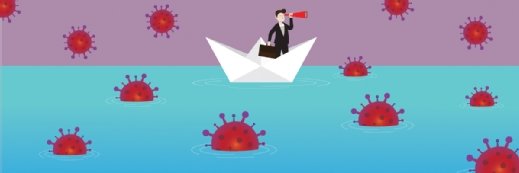
Getty Images
Gene Therapy Preserves Memory in Alzheimer’s Mouse Model
Researchers used gene therapy to prevent learning and memory loss in a mouse model of Alzheimer’s disease.
A team from University of California San Diego School of Medicine has leveraged gene therapy to preserve learning and memory in a mouse model of Alzheimer’s, indicating that the approach could someday be tested in humans with the condition.
In a study published in Molecular Therapy – Methods & Clinical Development, researchers noted that Alzheimer’s is characterized by the accumulation of clumps of misfolded proteins called amyloid plaques and neurofibrillary tau tangles. Both of these biomarkers impair cell signaling and promote neuronal death.
Current Alzheimer’s treatments targeting plaques and tangles address only symptoms, which the team stated suggests a reversal and cure of Alzheimer’s will likely require a combination of interventional approaches that both decrease aggregating toxins and promote neuronal and synaptic plasticity.
Gene therapy is based on the idea that introducing a therapeutic compound to a precisely targeted region of the brain may restore or protect normal neural function and/or reverse neurodegenerative processes.
In this study, researchers used a harmless adeno-associated viral vector to introduce synapsin-Caveolin-1 cDNA (AAV-SynCav1) into the hippocampus region of three-month-old transgenic Alzheimer’s mice.
The mice had been genetically modified to exhibit learning deficits at nine months and memory deficits at 11 months. These deficits are associated with decreased expression of Caveolin-1, a scaffolding protein that builds the membranes housing cellular signaling tools, such as neurotrophin receptors that receive the critical extracellular signals, which govern all cellular life and function.
The decay and destruction of these membranes yields cell dysfunction and neurodegeneration.
“Our goal was to test whether SynCav1 gene therapy in these AD mouse models might preserve neuronal and synaptic plasticity in targeted parts of the membrane, and improve higher brain function,” said senior author Brian P. Head, PhD, adjunct professor in the Department of Anesthesiology at UC San Diego School of Medicine and research health scientist at the VA San Diego Healthcare System.
Researchers saw that this is what happened after mice received a single injection of AAV-SynCav1 to their hippocampus, which is a complex region deep within the brain that plays a major role in learning and memory. In Alzheimer’s, the hippocampus is among the first areas of the brain to be impaired.
Researchers also found that at nine and 11 months, hippocampal learning and memory in mice were preserved. Additionally, the team discovered that critical membrane structures and associated neurotrophin receptors also remained intact. These neuroprotective effects from SynCav1 gene delivery occurred independent of reducing amyloid plaque depositions.
“These results suggest SynCav1 gene therapy is an attractive approach to restore brain plasticity and improve brain function in AD and potentially in other forms of neurodegeneration caused by unknown etiology,” researchers said.
The team is currently testing SynCav1 gene delivery in other Alzheimer’s models at symptomatic stages as well as in a mouse model of amyotrophic lateral sclerosis, or Lou Gehrig’s disease. Researchers hope to expand this work to human clinical trials soon.
Recent research has focused on genomics and Alzheimer’s disease.
The University of Pittsburgh Graduate School of Public Health and Washington University School of Medicine in St. Louis will lead a five-year, $10.7 million project that will explore the role of genomic data in Alzheimer’s development. The project will be the first comprehensive study using whole genome sequencing to address a critical gap in knowledge about the disease.
“All of the clinical trials to find a drug to stop Alzheimer’s disease have failed because they’ve focused on patients who have already developed the disease, so they already had high levels of plaques and tangles,” said Ilyas Kamboh, PhD, professor of human genetics and epidemiology at Pitt Public Health.
“Once you have the plaques and tangles, it seems to be an irreversible process, so we’re focused on the preclinical stage of the disease.”





